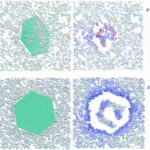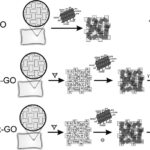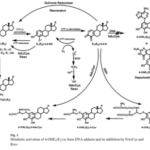October 6, 2024 Scientific alternative studies
Capuchins are not much different from humans in their understanding of money.
Capuchin monkeys and the concept of money. How basic are behavioral biases ?
Behavioral economics has long demonstrated the existence of systematic decision-making biases that cut across contexts, cultures, and species.
A study by researchers at Yale University explored this complex issue by first introducing the concept of money and then the concept of trade to a colony of capuchin monkeys.
Experiments showed that capuchin monkeys also respond rationally to price changes and exhibit characteristic gambling behaviors, including dependence on previous outcomes and, in particular, loss aversion.
Reference study
Chen M.K., Lakshminarayanan V., Santos L.R. (2005). How basic are behavioral biases ? Evidence from capuchin monkey trading behavior. https://www.journals.uchicago.edu/doi/abs/10.1086/503550
Facts analyzed
You might think that terms like currency or money are only known to humans.
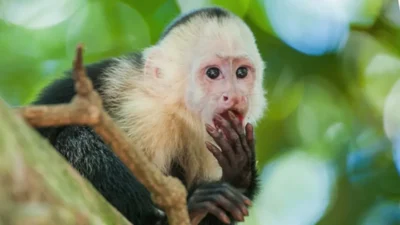
While it is true that some animals have a sense of ownership, the exchange of food resources and goods is not usually observed in species other than humans.
In 2005, however, a team of researchers at Yale University succeeded in teaching seven capuchin monkeys how to handle money.
It should be remembered that capuchin monkeys have very small brains that are primarily focused on food and sex.
And these very “selfish” desires were studied by the researchers after teaching them to buy grapes, apples and jelly.
The researchers first placed two monkeys in separate cages, each with a lever.
When the lever was pulled, the neighboring monkey received food.
The most interesting part came after the researchers introduced new behaviors.
They trained one monkey to always pull the lever (mindless altruist) and another monkey to never pull the lever (selfish monkey).
The two monkeys were then placed in an environment with other monkeys.
At first, the mindless altruist always pulled the lever, never missing an opportunity to deliver food, while the other monkeys responded the same way about 50 percent of the time.
Soon, however, the other monkeys realized that the mindless altruist was always pulling the lever, whether it was reciprocated or not.
Their response dropped to about 30 percent.
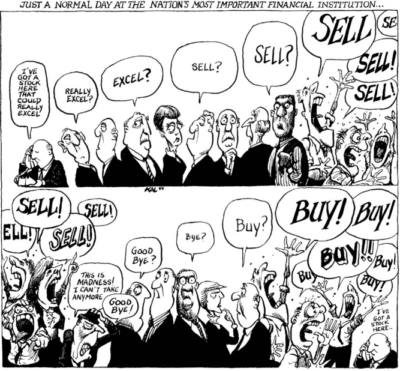
The researchers once gave a monkey a token (a silver disc with a hole in the middle, like a dollar) to test its compliance.
It took several months of training for the monkeys to learn that they could exchange this token for fruit.
After they learned this concept, each monkey was given 12 tokens to decide how to spend them on food.
The researchers observed that the monkeys were able to compare prices.
For example, they set the price of jelly lower than the price of grapes to see if they would buy fewer grapes and more jelly.
The monkeys did just that.
Then they taught them to gamble and tested them to see if they made the same irrational decisions that a human gambler very often makes.
The results showed that the monkeys’ behavior was statistically indistinguishable from most human gamblers.
But did the capuchin monkeys really understand the value of money, or were they acting mindlessly just to get food ?
One of the researchers cut circular slices of cucumber, similar to the slices given to the capuchin monkeys as money, and fed them instead of the usual cube shape.
One of the monkeys took a slice, chewed it a little, and then went straight to one of the researchers to see if he could buy something tastier with the slice.
The monkeys were given tokens one at a time, which were placed in a room separate from the one in which they lived.
But on one occasion, chaos ensued when a monkey tried to escape with a tray full of “tokens”.
Something else important happened at that moment.
For to understand the concept of currency is to understand that it is possible to exchange money for goods and services.
During the chaotic episode just mentioned, one of the monkeys exchanged a “token” with another monkey for sex.
When the act was over, the monkey who had been paid immediately used it to buy a grape.
Final reflections
Given capuchins’ inexperience with the concepts of money and commerce, the results suggest that all typical human behaviors related to money (loss aversion, gambling tendencies, attempted theft by a “dishonest” monkey, exchange of money for goods and services, including prostitution) are most likely “innate” rather than “learned”.
Simply put, capuchins understand the use of money not much differently than humans.


